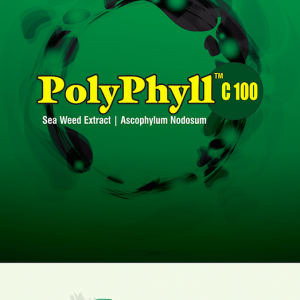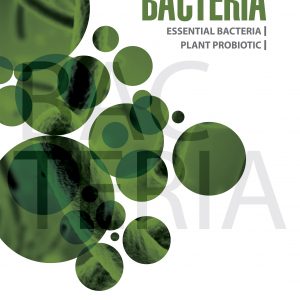₹200.00 – ₹1,875.00
SuJeev – VAM
Description
A Soil without microorganisms is just – Dirt.
pH : 6.0 to 7.5
Total viable propagules/ gm of product : > 100
Infectivity potential : 80 infection points in test roots/gm of mycorrhizal innoculum used
Root Ecosystem Management.Benefits :
- Forms a symbiotic relationship with the plants.
- Works as a extension of the roots helping them absorb and mobilize water & nutrients.
- Helps plants fight drought & also pathogenic fungi.
- Promotes plant growth by boosting nutrient cycle & uptake.
- Provides the microbe diversity necessary for the soil microbiome.
Dose & Application :
LOW INPUT CROPS (Paddy, Wheat, Soybean, Gram, Bajra, Pulses, Mustard & other Cereals) :
Basal Dose : 6 kg / acre
Top Dressing : 2 Kg/acre, 2 times.
SHORT DURATION (3-6 MONTHS) CROPS (Vegetables, Legumes, Maize, Spices, Medical Crops, Tobacco, Sugar
beet & other Field Crops)
Dose : 15 kg / acre
Top Dressing : 2 Kg/acre, 5 times, once every 15 days.
LONG DURATION (8-12 MONTHS) / NUTRIENT EXHAUSTIVE CROPS :
Sugarcane, Grapes, Cotton, Banana, Papaya, Ginger, Turmeric, Potato,
Sweet Potato & others
Basal Dose : 20 kg / acre
Top Dressing : 2 Kg/acre, 7 times, once every 15 days.
FRUIT TREES, FLORICULTURE PLANTATION ORCHARDS :
Dose: 15 kg / acre
Pit Application : 10 gms / pit (30 x 30 x 30 cm) with FYM / Vermicompost /
Castor oil cake powder.
NURSERY APPLICATION :
Dose : 1 kg for 1500 sq. ft.








Reviews
There are no reviews yet.